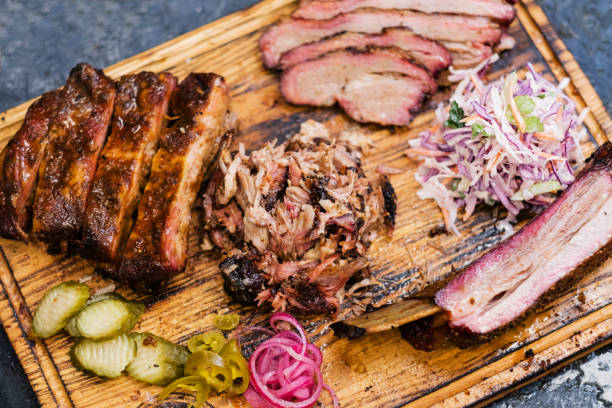Whether you’re looking to impress the kids at your next party or you want to enjoy the sweet taste of a homemade cookie, there are some tips on baking a festive cookie you should keep in mind.
Frosting vs. Icing
Whether you’re decorating cookies for Christmas, Thanksgiving, or any other occasion, you’ll need to decide whether to use frosting or icing. Both are great ways to decorate your cakes and cookies, but they are different.
There are two main types of frosting. The first type is a thick, fluffy frosting, often used on cupcakes. The second type is a thinner, more liquid-based glaze. These types of toppings are made from confectioners’ sugar and a liquid.
Icing is usually made from powdered sugar. It’s not as thick as frosting, but it can be thicker or thinner, depending on how much liquid you add. There are also different types of icing. You can make icing with milk, cream, water, or lemon juice.
Icing is used as a decorative accent. It’s often made and stored in an airtight container at room temperature. It can be piped or drizzled.
Icing is not as thick as frosting but has a higher gloss. This allows you to create a more detailed design. You may need more cream when spreading icing with a knife. Icing tends to harden as it cools, so it should dry for at least an hour.
Ensure Your Butter is Ready for Baking
By following these simple steps, ensure your butter is ready for baking a festive cookie. First, you need to check your oven’s temperature. A digital thermometer can be a lifesaver in this regard.
Use parchment paper to prevent your cookies from sticking to the baking sheet. It also helps with easy cleanup. You can also reuse the parchment once it wears out.
It is also a good idea to use a cookie cooling rack. This prevents your cookies from sticking to the pan and overcooking. Also, please leave a little room between each cookie so they don’t fuse.
It is also a good idea to ensure your butter is cooled adequately before baking. This will ensure that the fats in the butter will stay put when you add them to the batter.
Getting your ingredients to the right temperature will also help you get the most out of your cookie recipes. You’ll find that the aeration of your cookie will be much improved if you use ingredients at their optimum temperature.
Transferring Cookies to a Cooling Rack
Whether making a batch of cookies for the holidays or just making one for yourself, transferring festive cookies to a cooling rack is smart. Getting them from hot to cool is crucial if you want them to stay crisp.
Leaving a batch of cookies on the hot pan can burn your fingers, and your cookies may not come out in their best shape. You can prevent this by using an aluminum foil or heavy-duty cookie sheet.
A cooling rack will also allow you to cool your cookies more quickly. A cookie cooling rack is a great way to organize several batches of cookies in one spot. It has a nonstick coating that makes cleanup a snap.
The first step in transferring festive cookies to a cooling rack involves lining the baking pan with parchment paper. This can help reduce breakage and smushing. The paper towel will absorb some of the fat from the cookies, but it will cool more slowly.
Thawing Frosted Cookies
Whether making festive cookies for a holiday party or fun, it’s essential to know how to freeze and thaw frosted cookies properly. Frozen cookies can be damaged if frozen improperly, and icing can stick to frozen cookies if they’re not appropriately thawed.
There are a few different ways to thaw baked cookies. The first method is to place them on a cooling rack and let them thaw at room temperature. This method will give them a longer shelf life, but it may cause them to stick together.
Another method is to thaw the cookies in the refrigerator. However, this can lead to freezer burn. Depending on the type of cookie, thawing in the freezer can cause the cookies to stick together and deteriorate.
If you’re planning on baking and freezing decorated cookies, you should thaw them at room temperature before you begin. This will prevent moisture from forming on the icing, which can ruin the cookies.








